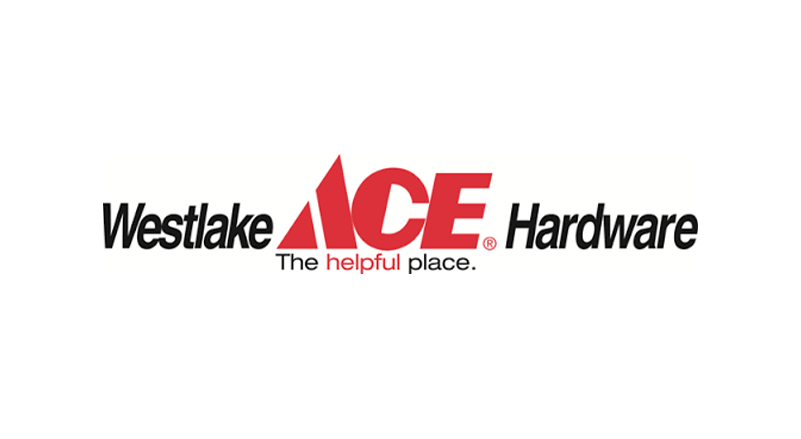Minor League Baseball Stadium Wins at Energy Conservation
Lately, it seems as though there is always a major sporting venue in the news getting a green overhaul. We have taken a closer look at many of these improvements with our blogs on University of Phoenix Stadium and the 2015 Super Bowl, professional sporting arenas using solar power, even how colleges within the NCAA Men's Basketball Tournament rank in renewable energy use. It is much less typical, however, to hear of a small, independent minor league stadium, featuring only 7,000 seats, to be compared to massive green giants like that of Levi's Stadium in San Francisco, and to come out ahead in a green face off.
While the environmental impact will undoubtedly be less than a major arena due purely to scale of stadium size, what the Saint Paul Saints have created in CHS Field is nothing short of remarkable. It is the "first sports venue to meet Minnesota’s B3 Sustainable Building 2030 Energy Standards, 'an energy conservation program designed to significantly reduce the energy and carbon in [the state’s] commercial, institutional and industrial buildings,' " (Lew Blaustein, GreenBiz.com.)
In addition to using a 100 kW solar array that supplies over 10% of the parks power, CHS Field uses St. Paul's District Energy system to heat and cool, which is more efficient than normal grid supply. The home of the Saint's is also the first sporting venue to reuse rainwater for the field's irrigation. On top of all of that, the stadium was built nearly in entirety by means of recycled elements.
What is potentially most impressive, however, is that the field was built on what once was one of the 10 most contaminated sites in the Saint Paul and Minneapolis area. Land formally used for industrial purposes, contaminated with either hazardous waste or pollution, is now home to one of the greenest sporting venues in the United States. As if that wasn't impressive enough, developers enhanced the community impact of the field by incorporating both a neighborhood dog park and a rain garden that features local artwork.
St. Paul Saints, CHS Field - photo courtesy of St. Paul Saints, via Green.Biz
To learn more about the project, read the article by Lew Blaustein on GreenBiz.com.






